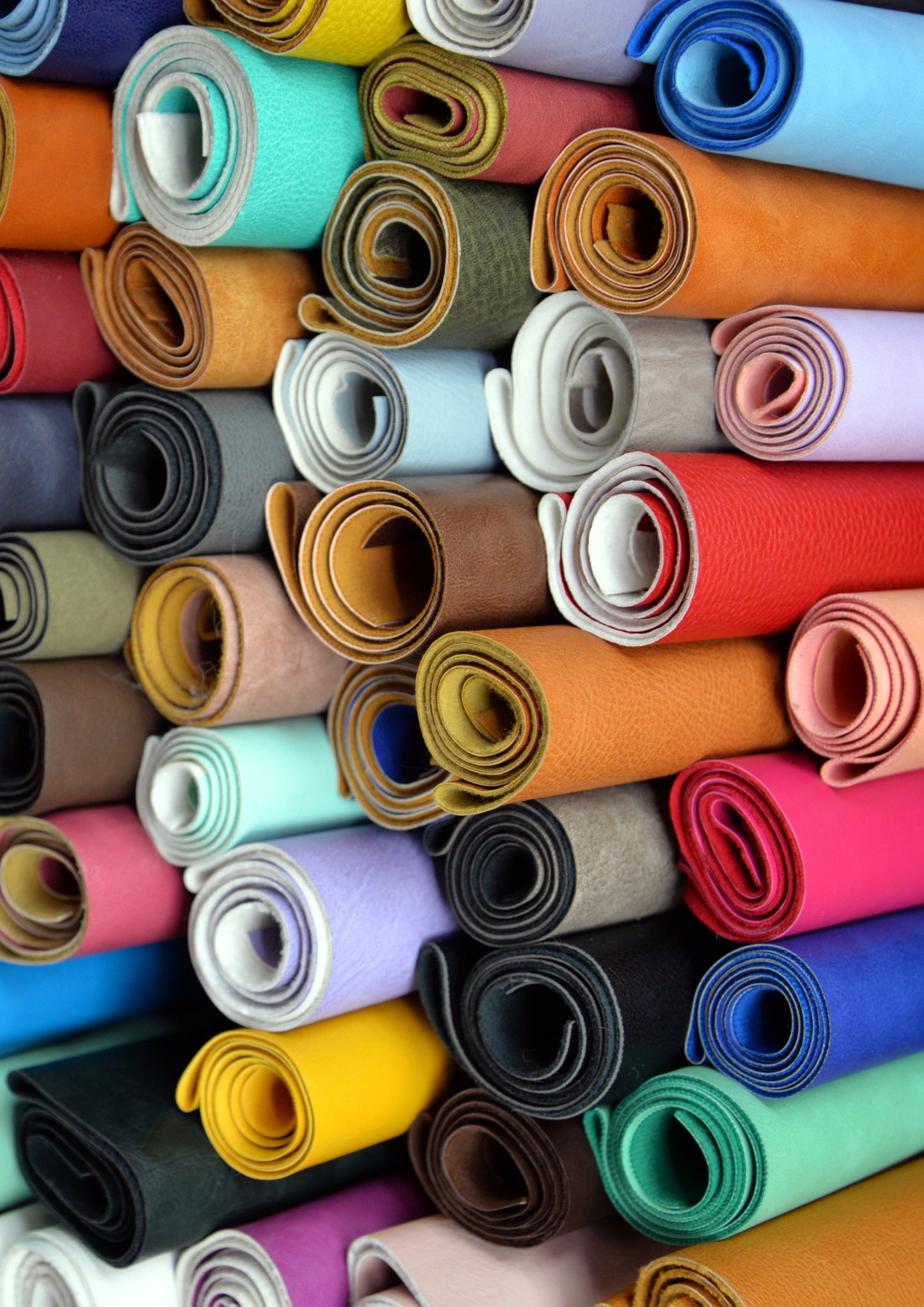Offer
Provide additional details about the offer you're running.
Provide additional details about the offer you're running.
Provide additional details about the offer you're running.

Discover how women's fashion has evolved over time, from the constraining hoop skirt to the daring hemlines of today.
If there's one thing that's certain about fashion, it's that it's constantly changing. Women's fashion, in particular, has gone through a number of different phases throughout history. From hoop skirts to hemlines, this is a stylish history of women's fashion.
The earliest forms of women's fashion were functional rather than fashionable. Clothing was used to protect the body from the elements, and to indicate social status.
Stay Stylish-Subscribe to Our Newsletter Today!
Discover the Fascinating History of Women's Fashion with Us.
Ancient civilizations like the Egyptians and Greeks used clothing to indicate social status and function. Wealthy individuals would dress in more elaborate garments adorned with costly materials such as silver, gold, and precious stones. Individuals in the lower classes would dress more simply.
During this time period, clothing was heavily influenced by religion, social class, and profession. The type of clothing worn was an indicator of social status, with the wealthier classes wearing more elaborate garments made of expensive materials like silk and fur.
Women of the lower classes wore loose-fitting, simple dresses while those in higher classes wore fitted gowns that were designed to accentuate the curves of the body. This period also saw the emergence of tailored clothing and the use of corsets to shape the female form and give the appearance of a smaller waist.
"Fashion is not just about clothes, it's about the evolution of women's empowerment and self-expression through the years. Discover the stylish history of women's fashion in this blog post: [insert link] #WomenEmpowerment #FashionHistory"Tweet Quote
The Renaissance saw a renewed interest in classical styles and a growing emphasis on individuality and self-expression. Women's fashion, in particular, underwent significant changes during this time.

Image courtesy of via Google Images
Gowns became more form-fitting and dresses with slits and plunging necklines became popular. The use of luxurious materials like velvet, silk, and brocade became more widespread, and garments were often adorned with intricate embroidery and lace.
The Baroque period saw a continuation of these trends, with even more elaborate and ornate styles emerging. Billowing sleeves, wide hips, and low necklines were popular, and clothing was often decorated with heavy jewelry and ornate accessories.
The Industrial Revolution brought with it significant advancements in technology that allowed for the mass-production of clothing. This led to more affordable and accessible clothing for women across all social classes.
From the early 1900s to the mid-1960s, women's fashion saw significant changes in both style and function. The emergence of the "flapper" in the 1920s saw women wearing shorter dresses without corsets or petticoats, while the 1940s saw the introduction of functional clothing for women who were entering the workforce during World War II.
The 1950s saw the introduction of the "New Look" by Christian Dior, which featured fitted bodices and full skirts that emphasized the hourglass figure. The 1960s saw the emergence of the "mod" look, with bold patterns and bright colors becoming popular.
Stay Stylish-Subscribe to Our Newsletter Today!
Discover the Fascinating History of Women's Fashion with Us.
From the origins of fashion to modern-day trends, women's fashion has undergone significant changes throughout history. Whether practical or fashionable, clothing has always had the power to communicate social status, personal style, and cultural values. Understanding the history of women's fashion can provide insight into the past and help us appreciate the diversity and creativity of human culture.
Sources:
Use text paired with images to create a captivating brand story, explain details of your products, or highlight store promotions.
Use text paired with images to create a captivating brand story, explain details of your products, or highlight store promotions.
Use text paired with images to create a captivating brand story, explain details of your products, or highlight store promotions.
Use text paired with images to create a captivating brand story, explain details of your products, or highlight store promotions.
Sign up to receive sustainability updates, promotions and sneak peeks of upcoming products.